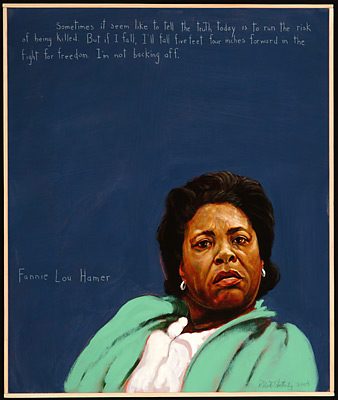How often have you been exhausted by back-to-back meetings with little to show for it at the end of the day? There is lots of data to support that meetings waste valuable time and money.
Optimal meetings facilitate the synergy of participation, further the objectives of the team, and leave participants with actionable next steps. So how can we have more effective meetings? The key is to have clearly defined roles.
Pre-Meeting
Share the agenda with the participants at least one business day in advance of the meeting. Every agenda should include:
1) Specific purpose and objectives
2) Time allotment for each meeting topic
3) Identify meeting roles
Invite only the individuals that absolutely need to attend. There may be others that don’t need to attend but can be kept in the loop by receiving the meeting minutes.
Primary meeting roles:
1) Facilitator: creates and shares the agenda and moderates the meeting. Traditionally, this role has determined the success of the meeting. But this doesn’t have to be the case if everyone else understands how to contribute.
2) Recorder: takes notes.
3) Timekeeper: ensures the meeting is progressing as planned.
4) Contributor: can be everyone else but ideally, each of these individuals is clear about their responsibility. Contributions can be made by sharing research, updates, perspectives or brainstorming ideas as determined in advance by the meeting agenda.
Additional meeting roles may include:
5) Decision-Maker: responsible for confirming and stating the decision or clarifying the next action and the Directly Responsible Individual so it can be documented before the meeting ends. This may also be covered by the recorder in smaller meetings.
6) Agitator/Inciter: asks the questions that others may be afraid to ask. Giving a title to this role creates some psychological safety and encourages the participant to step up and fulfill the responsibility stating “since I’m the agitator, I think we should consider XYZ.”
7) Observer: may be less active during the meeting but their superpower is to step back and provide some perspective on process improvement. Was the meeting too long, did one person dominate the discussion or were all voices heard?
During the meeting
We’ve seen that stats, and have experienced firsthand, attention spans are short. When we don’t have a clear sense of our role, it’s easy to go into a passive mode and mentally check-out. It seems like the other attendees have it covered, and you may ask yourself, “Why am I even here?”
It’s not unusual to find ourselves multitasking during a meeting. We can minimize distractions as easily as we can minimize our windows, but having clear roles and responsibilities helps us to avoid the temptation of checking our email, texts, or social media. Every attendee should view themselves as a key participant and with valuable contributions to make.
The best teams take turns filling each meeting role. This means that each individual contributes to and is accountable for the success of the meeting. In addition, rotating roles allows participants to practice developing new skills and share diverse perspectives. It’s a low-risk way to practice new skills. Let’s use a weekly team meeting as an example. Many of us could use a little more jazz in our weekly meetings. What happens if we switch up who has the roles in our weekly team meeting?
Think about it- if you aren’t normally the person taking meeting notes, you might kick back and relax. But if today you are responsible for the notes, you will be paying very close attention to the conversation. This is a great way to change it up for your brain.
If you are not normally the time-keeper, you might let conversations extend too long and have the meeting run over its allotted time. If your role is to make sure the topics are covered while ending on time, you’ll start watching for this.
If you are a more junior team member, you might not often get a chance to moderate or facilitate meetings. If the roles on say your weekly team meeting rotate, this is an easy way for you to start practicing that skill. You can learn and see where and how conversations might go off track and practice navigating to get them on track.
Clearly defining roles is one of the most effective ways to execute meetings. These meetings also conserve valuable time, energy, and resources. Optimal meetings facilitate putting ideas into action and leave participants and teams confident there was time well-spent.
This article was originally published on BellaScena’s Blog.
Photo by You X Ventures on Unsplash










